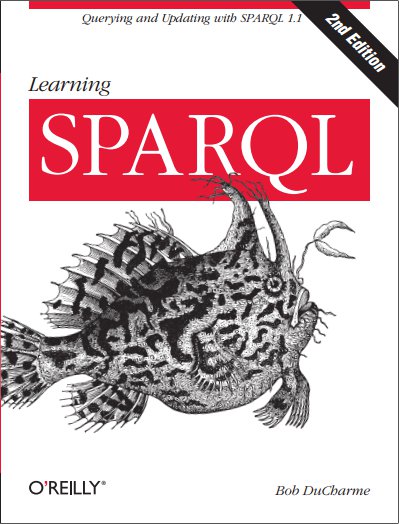The following blog entries give a brief introduction to the RDF data model, the most important of the other W3C standards that build on it, and what people do with those standards:
Lately I’ve been thinking about some aspects of RDF technology that I have taken for granted as basic building blocks of dataset design but that Knowledge Graph fans who are new to RDF may not be fully aware of—especially when they compare RDF to alternative ways to build knowledge graphs. A key building block is the ability to link independently created knowledge graphs.
For several years I thought of “knowledge graphs” as the buzzphrase that had partially replaced “Linked Data”, which was the buzzphrase that had partially replaced “Semantic Web”. In a 2012 blog entry I explained how Hadoop and the new-at-the-time NoSQL databases had convinced me that even if a technology has a funny name, selling it based on the problems it solves makes more sense and ages better than selling a buzz phrase vision and then, if that goes well,…
I’ve been hearing more about the Blazegraph triplestore (well, “graph database with RDF support”), especially its support for running on GPUs, and because they also advertise some degree of RDFS and OWL support, I wanted to see how quickly I could try that after downloading the community edition. It was pretty quick.
About two years ago I wondered if RDF Schema had become merely a layer of OWL or if anyone used RDFS by itself without OWL. My theory was that because tools such as TopBraidComposer, Protege, and SWOOP that let you design RDFS vocabularies also let you assign OWL properties to your classes, people used those because they were there, and we ended up with few pure RDFS vocabularies.
After writing a few paid articles and doing a lot of blogging about various issues, features, and trends surrounding the Semantic Web, Linked Data, RDF, RDFa, SPARQL, OWL, and related tools and implementations, I thought it would be nice if I could tie them together into something resembling a cohesive whole. So, I wrote a short essay titled RDF, The Semantic Web, and Linked Data with over 70 footnote links to these various pieces. It will be a handy reference for me in the future, and I hope it…
The open-source program Pellet is described as an OWL reasoner, but I’ve used it mostly as a SPARQL engine that happens to understand OWL. So, for example, if I have RDF that says “Loretta’s spouse is Leroy and spouse is a symmetric property,” but the data makes no mention of Leroy’s spouse, and I ask Pellet “who is Leroy’s spouse,” it can give me the answer.

